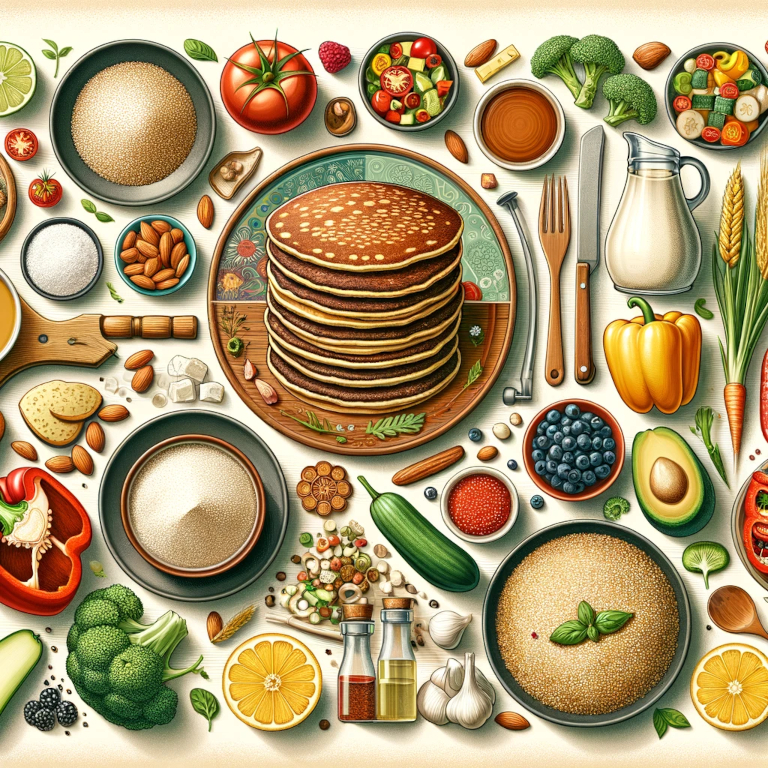Gluten-free cooking has transcended from a niche dietary need to a mainstream culinary trend, offering a delicious solution for those with gluten sensitivity, celiac disease, or anyone simply looking to improve their diet. As a food and cooking expert, this article provides an in-depth look at gluten-free cooking, offering practical tips, ingredient insights, and creative recipes to enhance your gluten-free culinary skills.
Understanding Gluten-Free Cooking
Gluten is a protein found in wheat, barley, and rye, and it is commonly present in bread, pasta, and many processed foods. Gluten-free cooking involves substituting these items with gluten-free grains and flours while ensuring that cross-contamination is minimized.
Essential Gluten-Free Ingredients
- Flours and Starches: Replace traditional wheat flour with alternatives like almond flour, coconut flour, rice flour, and chickpea flour. Starches like cornstarch and tapioca flour are excellent for thickening sauces and gravies.
- Whole Grains: Quinoa, buckwheat, and millet do not contain gluten and offer a hearty base for meals. These grains are versatile and can be used in a variety of dishes.
- Binding Agents: Since gluten provides a sticky consistency, xanthan gum or guar gum can be used as substitutes to provide elasticity and stickiness in baking.
Techniques for Gluten-Free Cooking
- Understanding Gluten-Free Labels: Always read labels carefully to ensure ingredients are certified gluten-free. This is crucial to avoid accidental ingestion of gluten through cross-contamination.
- Separate Cooking Utensils: Use separate kitchen tools and appliances for gluten-free cooking to prevent cross-contamination.
- Experiment with Textures and Flavors: Gluten-free cooking often requires experimentation to get right. Don’t be afraid to adjust the quantities of ingredients to achieve the desired taste and texture.
Innovative Gluten-Free Recipes
Experimenting with gluten-free recipes can be exciting and rewarding. Here are a few simple ideas to get you started:
- Gluten-Free Pancakes: Use a blend of rice flour and banana for the batter and top with fresh berries for a nutritious breakfast.
- Quinoa Salad: Combine cooked quinoa with chopped vegetables, beans, and a lemon-tahini dressing for a filling lunch.
- Stuffed Peppers: Fill bell peppers with a mixture of ground turkey, buckwheat, and spices, then bake until tender.
Health Benefits of Gluten-Free Cooking
Adopting a gluten-free diet can lead to various health benefits, especially for those with gluten-related disorders. These include improved digestive health, reduced chronic inflammation, and increased energy levels. Additionally, it often leads to more conscious dietary choices, promoting an overall healthier lifestyle.
Embracing Gluten-Free Cooking
Whether due to dietary restrictions or personal choice, embracing gluten-free cooking can open up a new world of culinary creativity. It encourages you to explore diverse ingredients and innovate with recipes that not only cater to gluten sensitivities but also contribute to a balanced diet. With the right knowledge and tools, anyone can master the art of gluten-free cooking, making every meal both delicious and nutritious.






